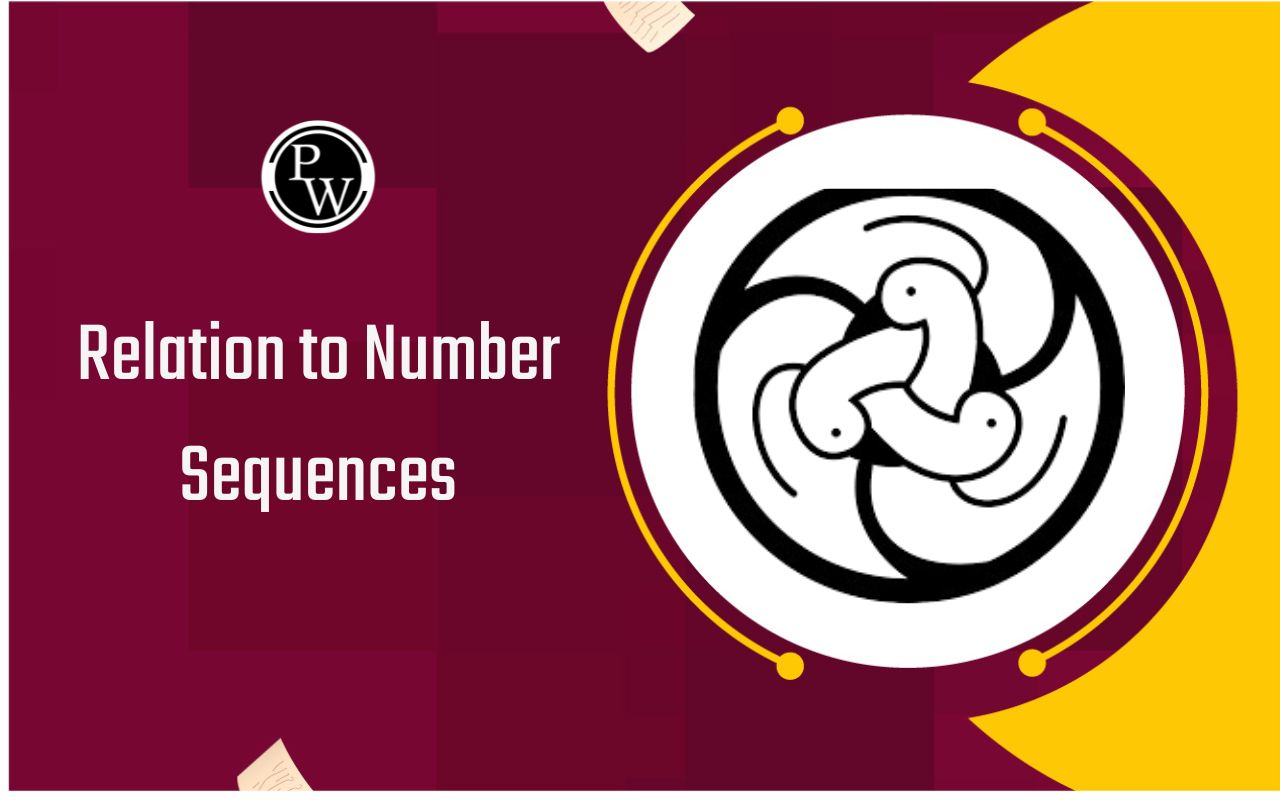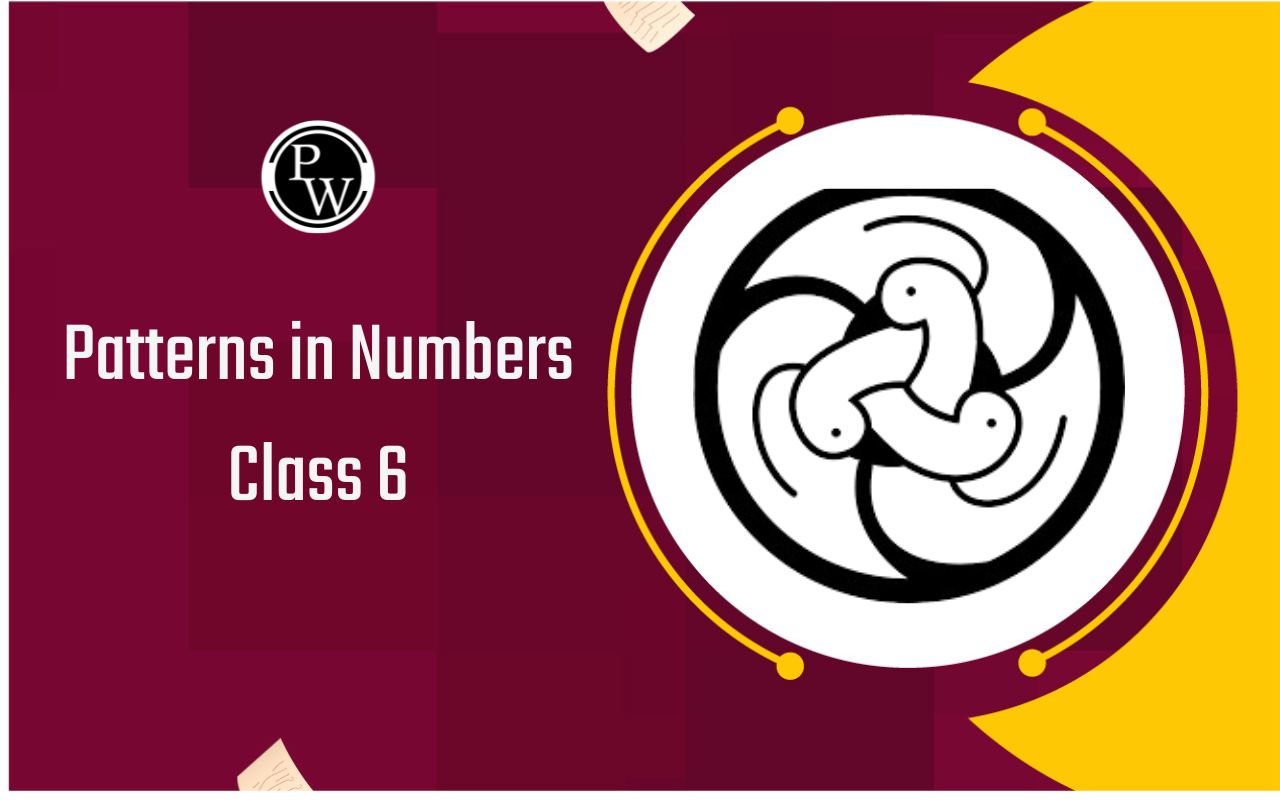

NCERT Solutions for Class 6 Social Science Chapter 5 India, That is Bharat are designed to help students understand the rich geographical and cultural diversity of India.
This chapter introduces students to the idea of India as not just a country but also a land of unity in diversity. It explains how India is defined by its location, neighboring countries, and physical boundaries like oceans and mountains.
The solutions are based on the latest CBSE Class 6 Social Science syllabus and exam guidelines, making them highly useful for revision, homework, and strengthening the basics of Social Science concepts. These easy-to-understand answers help students build a strong foundation and prepare well for exams.
NCERT Solutions for Class 6 Social Science Chapter 5 India, That is Bharat
This chapter introduces students to the idea of India as a country with many different languages, cultures, and people, yet united as one nation. The title "India, That is Bharat" comes from the Indian Constitution, which highlights the official names of our country. The chapter explains India’s physical location on the world map and describes its borders with countries like Pakistan, China, Nepal, Bhutan, Bangladesh, and Myanmar. It also talks about the surrounding water bodies like the Indian Ocean, Arabian Sea, and Bay of Bengal.
Students learn about the uniqueness of India’s geography and the importance of unity in such a diverse country. The chapter helps young learners understand how guidebooks, maps, and documents describe India and why it is known as Bharat too.
NCERT Solutions for Class 6 Social Science Chapter 5 Question Answer
Below are the solutions to all the textbook questions from Chapter 5 India, That is Bharat. These answers are designed to help Class 6 students understand the geographical and cultural identity of India.
The Big Questions (Page 75)
Question 1: How do we define India?
Answer:
India is a vast and diverse country located in South Asia. It is the seventh-largest country in the world by land area. India shares its borders with several countries—Pakistan to the northwest, China and Nepal to the north, Bhutan to the northeast, and Bangladesh and Myanmar to the east. To the south, it is surrounded by the Indian Ocean, with the Arabian Sea on the west and the Bay of Bengal on the east.
India’s landscape includes many different geographical features.
-
In the north, the Himalayan mountain range forms a natural boundary.
-
The central region has fertile plains like the Indo-Gangetic Plain, where the important Ganges River flows.
-
The western region has the Thar Desert, while the southern part includes the Deccan Plateau and coastal plains.
-
India also has important islands such as the Andaman and Nicobar Islands in the Bay of Bengal and the Lakshadweep Islands in the Arabian Sea.
Question 2: What were the ancient names for India?
Answer:
In ancient times, India was known by several names. Some of the most well-known ancient names are:
-
Bharatavarsha
-
Jambudvipa
-
Bharata
THINK ABOUT IT
Consider the physical map of the Indian Subcontinent at the start of the chapter. What are its natural boundaries that you can make out?
Answer:
By looking at the physical map of the Indian Subcontinent, we can see several natural boundaries:
-
In the north, the Himalayan Mountains form a high and strong natural barrier that separates India from China, Nepal, and Bhutan.
-
In the south, the country is surrounded by the Indian Ocean, which acts as a natural boundary.
-
To the west, the Thar Desert and the Arabian Sea serve as natural borders.
-
To the east, the Bay of Bengal and dense forests near the borders of Myanmar and Bangladesh act as natural boundaries.
LET’S EXPLORE
Do you recognise the names of any regions given in the map (Fig. 5.4) on page 79? List the ones that you have heard of.
Answer:
The names of regions are which I can recognise Kerala, Kalinga, Chola, Pandya, Kashi, Kosala and Avanti.
THINK ABOUT IT
Have you identified the ‘snowy mountains’? Do you think this brief description of Bhārata is correct?
Answer:
Yes, the ‘snowy mountains’ mentioned in the description refer to the Himalayas, which are located in the northern part of India. They are the highest mountain range in the world and are often covered with snow throughout the year.
Yes, the brief description of Bhārata is correct. It highlights the important geographical features like the snowy Himalayas, the vast plains, deserts, plateaus, and the surrounding oceans. It also captures the diverse culture, unity, and shared identity of the people living in this region. Though short, it gives a clear idea of the natural and cultural richness of our country.
LET’S EXPLORE
In this reproduction of the first page of the original Constitution of India in Fig. 5.5 (page 82), can you make out the phrase ‘India, that is Bharat’?
Answer:
Yes, in the image of the first page of the original Constitution of India shown in Fig. 5.5, we can clearly see the phrase:
“India, that is Bharat…”
This phrase appears in the Preamble and also in Article 1 of the Constitution. It tells us that both India and Bharat are official names of our country. It reflects our nation's identity and respects the ancient name Bharat while also using India, which is recognized globally.
LET’S EXPLORE
Answer:
|
Language |
Name for India |
|
Persian |
Hindustan |
|
Greek |
Indos or India |
|
Latin |
India |
|
Chinese |
Tianzhu |
|
Arabic & Persian |
Al-Hind |
|
English |
India |
|
French |
Inde |
Questions, activities and projects
Question 1. Discuss what could be the meaning of the quotation at the start of the chapter.
Answer:
The quotation at the start of the chapter says that India is a country full of diversity in languages, food, clothes, music, dance, and customs, yet we all live together as one nation.
This means that even though people in different parts of India look different, speak different languages, follow different traditions and festivals, we are all part of the same country. Our unity in diversity is what makes India special. The quotation reminds us to respect and celebrate our differences while staying united as Indians or Bharatiyas.
Question 2.
True or/False?
(a) The Rig Veda describes the entire geography of India.
Answer:False
(b) The Vishnu Purana describes the entire Subcontinent.
Answer: True
(c) In Ashoka’s time, ‘Jambudvipa’ included what is today India, parts of Afghanistan, Bangladesh and Pakistan.
Answer: True
(d) The Mahabharata lists many regions, including Kashmir, Kutch, and Kerala.
Answer: True
(e) The term ‘Hindustan’ first appeared in a Greek inscription more than 2,000 years ago.
Answer: False
(f) In ancient Persian, the word ‘Hindu’ refers to the Hindu religion.
Answer: False
(g) ‘Bharata’ is a name given to India by foreign travellers.
Answer: False
Question 3. If you were born some 2,000 years ago and had the chance to name our country, what name or names might you have chosen, and why? Use your imagination!
Answer:
If I were born 2,000 years ago and had the chance to name our country, I might have chosen the name “Sundarbhumi”, which means "beautiful land" in Sanskrit.
I would choose this name because India has beautiful mountains, rivers, forests, deserts, and oceans. It is also full of rich culture, knowledge, art, and traditions. Another name I might choose is “Samanvayadesh”, meaning "land of harmony", because people of different religions, languages, and lifestyles live together peacefully.
These names would show the beauty and unity of our land even in ancient times.
Question 4. Why did people travel to India from various parts of the world in ancient times? What could be their motivations in undertaking such long journeys? (Hint: There could be at least four or five motivations)
Answer:
People from different parts of the world travelled to India in ancient times for many reasons. Some of the main motivations were:
-
Trade:
India was famous for its spices, silk, cotton, gems, and precious stones. Traders came to buy and sell goods. -
Religion and Pilgrimage:
Many people came to learn about Indian religions like Buddhism and Hinduism. Pilgrims visited holy places and learned from Indian monks and scholars. -
Education and Knowledge:
India had famous learning centers like Nalanda and Takshashila. Scholars from other countries came to study math, astronomy, medicine, and philosophy. -
Adventure and Exploration:
Some people travelled out of curiosity to explore new lands, cultures, and people. -
Invasions and Conquests:
Rulers and armies came to India to conquer land and gain wealth, as India was known to be a rich and prosperous country.
NCERT Solutions for Class 6 Social Science Chapter 5 PDF Download
Students can download the NCERT Solutions for Class 6 Social Science Chapter 5 India, That is Bharat in PDF format from the link provided below.
These solutions are prepared to help students understand the geographical identity, cultural unity, and historical significance of India as a nation known both as India and Bharat.
NCERT Solutions for Class 6 Social Science Chapter 5
Study without using the internet
Benefits of Using NCERT Solutions for Class 6 Social Science Chapter 5
-
All answers are based on the latest NCERT syllabus and explained in simple, easy-to-understand language, helping students clearly grasp key ideas about India's location, diversity, and unity.
-
The solutions cover all textbook questions, in-text activities, and exploratory tasks, making the learning process more engaging and thoughtful.
-
Students are introduced to essential ideas like natural boundaries, ancient names of India, the phrase “India, that is Bharat” from the Constitution, and the importance of historical maps and cultural diversity.
-
The chapter encourages learners to explore India’s unique identity, learn about regional names from ancient maps, and think about the meaning of unity in a diverse country.
-
By using these solutions, students develop a better understanding of citizenship, nationhood, and identity, while also building critical thinking and observation skills.
NCERT Solutions for Class 6 Social Science Chapter 5 FAQs
What is the main theme of Chapter 5 India, That is Bharat?
Why is India referred to as Bharat in the Constitution?
What does the phrase "India, that is Bharat" mean?
How does the chapter help students understand India physical geography?











